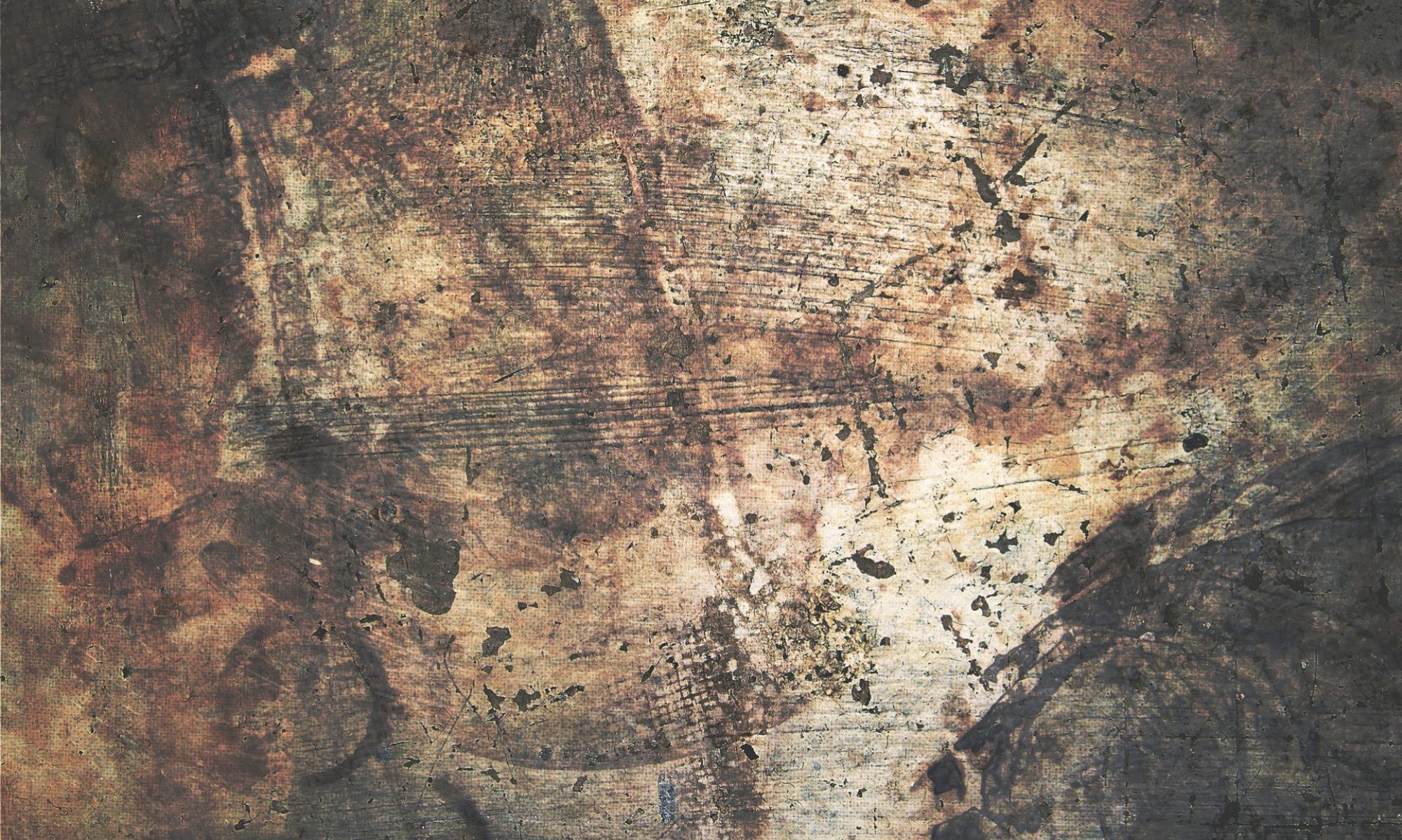The utterly absorbing and breathlessly imaginative National Theatre and Bristol Old Vic production of JANE EYRE is an intensely dramatic distillation that reveals how wonderfully apt is a Jungian lens applied to the story – from the POV of each of the main characters.
Rochester as hero cannot be with Jane as a symbolically individuated man till his negative anima is integrated. This takes place when his mad first wife, Bertha, falls to her death from the burning Thornfield Hall (the falling/falling away of a personified archetype is a recurring visual metaphor for Jungian integration).
Jane as hero cannot be with Rochester as a symbolically individuated woman till her negative animus is integrated. This occurs when she rejects the proposal of marriage from the kind, but ideologically dogmatic and patriarchal missionary St. John, who wants her to be in service to God via being in service to him (this through the mystical intercession of Rochester in the book, albeit in Jungian terms this is the voice of Jane’s positive animus calling from her unconscious).
It’s telling, from a feminist perspective, that the male character’s anima needs to die so violently, while the female’s animus simply needs to be told “no” (the thoughtful, self-confident Jane is far more mature than the mercurial and secretive Rochester). In story/character terms this is because Rochester has farther to travel archetypally than Jane does, so his foreshortened journey must be metaphorized by a shocking death. Jane is already so self-aware that the symbolic death of her animus need not be violent (though for its time it is still shocking that Jane rejects such a dutiful match). In terms of characterisation, the verbally-rooted Jane’s integration uses language, while the emotion-biased Rochester’s requires a Verdi-style final-act climax.
One could also delve into Rochester’s unresolved daddy issues (he submits to his father’s choice of first bride – marrying out of duty, not passion) and Jane the orphan’s lack of parental love (normalised by her falling for an, at first, impossibly distant man).
Turn the protagonist prism to render Bertha the protagonist and you have the plot of many romantic tragedies. Turn it again to render St. John the protagonist (and have Jane in love with him) then give him a character arc so that he too is transformed, and you have the plot of many a Romantic Drama or Romcom.
Innately mythic writer that she was, Charlotte Brontë created two fully-fleshed protagonists and gave them both fully-formed archetypal journeys. Something to aim for when creating characters in any Romantic sub/genre.
